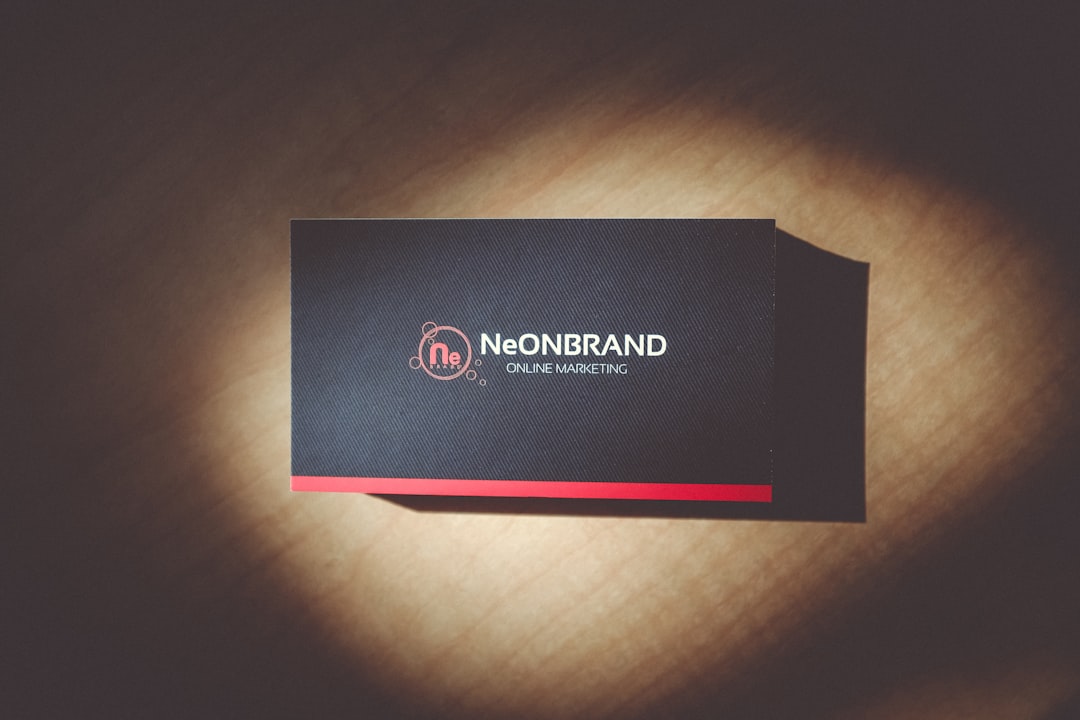As the world becomes more connected, personal branding has become an essential aspect of professional success. Your personal brand represents who you are, what you stand for, and how you want to be perceived by others. It is a combination of your skills, experiences, and personality that sets you apart from others and helps you achieve your goals.
Building a strong personal brand takes time, effort, and a clear understanding of your unique value proposition. It requires you to establish an online presence, create consistent branding across all platforms, develop and maintain a professional network, and continually improve and adapt your brand to reflect your evolving goals and aspirations.
The benefits of a strong personal brand are significant. A well-defined personal brand can help you stand out in a crowded job market, attract new clients or customers, and earn the respect and recognition of your peers. It can also provide you with the confidence and clarity you need to pursue your goals and achieve the success you desire.
In this blog post, we will explore the key elements of personal branding and provide practical tips and strategies for building a strong, authentic, and compelling personal brand. Whether you are just starting your career or looking to take your professional brand to the next level, this post will provide you with the insights and guidance you need to succeed. So, let’s dive in and discover the power of personal branding!
Define Your Unique Value Proposition
Defining your unique value proposition (UVP) is the foundation of building a strong personal brand. Your UVP is what sets you apart from others in your field and defines what you offer that is unique and valuable. It’s the reason why people should choose you over someone else.
To define your UVP, start by asking yourself these questions:
– What are my strengths and skills?
– What do I enjoy doing?
– What problems do I solve for my clients or customers?
– What makes me different from others in my field?
Once you have a clear understanding of your strengths and unique qualities, you can craft a UVP statement that communicates your value to others. Your UVP statement should be clear, concise, and memorable.
For example, if you’re a freelance graphic designer, your UVP might be: “I create visually stunning designs that help businesses stand out in a crowded market.” This statement communicates your skills, your focus on business results, and your commitment to creating unique designs.
Your UVP should be included in your bio, website, and any other marketing material you create. It’s important to communicate your value proposition consistently across all platforms so that people understand what you offer and what makes you unique.
By defining and communicating your UVP, you can establish yourself as an expert in your field and attract the right clients or customers who appreciate your unique value.
– What problems do I solve for my clients or customers?
Establish Your Online Presence
In today’s digital age, having a strong online presence is essential for building a personal brand. Your online presence includes everything from your website and social media profiles to online reviews and comments. Establishing a positive and consistent online presence can help you stand out from the competition, connect with potential clients or employers, and build trust and credibility.
To establish your online presence, start by creating a professional website that showcases your unique value proposition and highlights your skills, experience, and achievements. Your website should be visually appealing, easy to navigate, and mobile-friendly. Make sure to include a bio, resume, portfolio, and contact information on your website.
Next, create social media profiles on platforms that align with your personal brand and target audience. LinkedIn is a must for professionals, while Instagram and TikTok may be more appropriate for creative individuals. Make sure to fill out your profiles completely and consistently across all platforms. Use high-quality profile pictures and cover photos that reflect your personal brand.
Once you have established your online presence, it’s essential to maintain it regularly. Post updates and engage with your followers to build a community and increase your visibility. Monitor your online reputation and respond promptly to any negative feedback or reviews. Regularly update your website and social media profiles to reflect your latest accomplishments and skills.
Building a strong online presence takes time and effort, but it’s worth the investment. A positive and consistent online presence can help you attract new opportunities, build relationships, and achieve your personal and professional goals. Remember to stay true to your personal brand and values throughout the process.
Regularly update your website and social media profiles to reflect your latest accomplishments and skills.
Create Consistent Branding Across All Platforms
When it comes to personal branding, consistency is key. It’s important to ensure that your brand is communicated effectively and consistently across all platforms. This means that your branding should be uniform and recognizable, no matter where a potential client or employer encounters it.
The first step to creating consistent branding is to establish your brand identity. This includes your logo, color scheme, typography, and overall visual style. Once you have established your brand identity, it’s important to use it consistently across all platforms, including your website, social media profiles, email signature, business cards, and any other marketing materials.
In addition to visual consistency, you should also strive for consistency in your messaging. Your brand messaging should be clear and concise, and should reflect your unique value proposition. This messaging should be consistent across all platforms, ensuring that your audience understands what you do and why you do it.
To ensure consistency across all platforms, it’s helpful to create a brand style guide. This guide should include guidelines for logo usage, color palette, typography, and messaging. By following these guidelines, you can ensure that your branding remains consistent, no matter where it appears.
Another important aspect of consistent branding is monitoring your online presence. This includes regularly checking your social media profiles, Google search results, and any other online platforms where your brand may appear. By monitoring your online presence, you can ensure that your branding is consistent and that any inaccuracies or inconsistencies are corrected promptly.
Creating consistent branding may take time and effort, but it’s an essential part of building a strong personal brand. By establishing a clear brand identity, using it consistently across all platforms, and monitoring your online presence, you can ensure that your brand is communicated effectively and that you stand out from the competition.
This includes your logo, color scheme, typography, and overall visual style.
Develop and Maintain a Professional Network
Building a professional network is an essential part of developing a strong personal brand. Your network can help you establish credibility, gain new insights, and connect you with potential clients and collaborators. Here are some tips to help you develop and maintain a professional network:
1. Attend Networking Events: Attend industry conferences, seminars, and other networking events where you can connect with like-minded professionals. These events are great opportunities to meet new people, exchange ideas, and build relationships.
2. Join Professional Organizations: Join industry-specific professional organizations to expand your network and stay up-to-date on the latest trends and developments in your field. These organizations often host events and provide resources to help you succeed in your career.
3. Leverage Social Media: Social media platforms like LinkedIn are great tools for building and maintaining your professional network. Connect with colleagues, industry leaders, and potential clients to expand your reach and establish yourself as a thought leader in your field.
4. Volunteer: Volunteering for industry-related causes and events can help you expand your network while also giving back to your community. This can also be a great way to meet people who share your values and interests.
5. Follow Up: After meeting new people, be sure to follow up with them to stay in touch and build a relationship. Sending a quick email or message can go a long way in maintaining your professional network.
Remember, building a strong personal brand takes time and effort. But by developing and maintaining a professional network, you can create valuable connections that can help you succeed in your career.
Join Professional Organizations: Join industry-specific professional organizations to expand your network and stay up-to-date on the latest trends and developments in your field.
Continually Improve and Adapt Your Brand
Your personal brand is not a stagnant concept. It evolves and adapts as you grow and change. Continual improvement and adaptation are crucial to maintaining a strong personal brand. In this section, we’ll explore some strategies for keeping your brand fresh and relevant.
Firstly, it’s important to stay up to date with industry trends and developments. This can help you identify new skills to learn, new networks to join, and new opportunities to pursue. Attend conferences and trade shows, read industry publications, and network with peers to stay in the know.
Secondly, seek feedback from others. Ask for constructive criticism from colleagues, mentors, and friends. This can help you identify areas where you excel and areas where you could improve. Use this feedback to refine your brand and focus on your strengths.
Thirdly, don’t be afraid to take risks and try new things. Experiment with different branding strategies, such as new social media platforms, content formats, or marketing campaigns. Be willing to step out of your comfort zone and try something new.
Finally, remember that your personal brand is not just about you. It’s also about your audience and how they perceive you. Take the time to understand your audience’s needs, wants, and pain points. Tailor your brand messaging to resonate with them and provide value.
Continually improving and adapting your personal brand is essential for staying relevant and competitive in today’s fast-paced world. By staying up to date with industry trends, seeking feedback, taking risks, and focusing on your audience, you can ensure that your brand remains strong and impactful.
By staying up to date with industry trends, seeking feedback, taking risks, and focusing on your audience, you can ensure that your brand remains strong and impactful.
Conclusion: The Power of a Strong Personal Brand
In today’s highly competitive job market, having a strong personal brand is more important than ever. Your personal brand is the unique combination of skills, experiences, and personality traits that make you stand out from the crowd. It’s what sets you apart from other job seekers and helps you land the opportunities you deserve.
By following the steps outlined in this post, you can establish a powerful personal brand that will help you achieve your professional goals. By defining your unique value proposition, establishing your online presence, creating consistent branding across all platforms, developing and maintaining a professional network, and continually improving and adapting your brand, you can position yourself as a top candidate in your field.
Remember, building a strong personal brand takes time and effort, but the rewards are well worth it. A strong personal brand can help you land your dream job, attract new clients, and build a successful career that you love. So don’t wait – start building your personal brand today!





